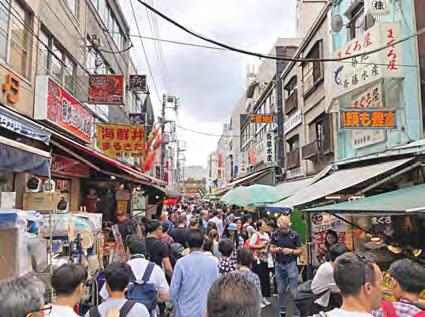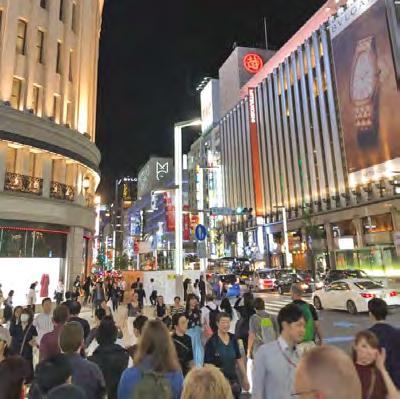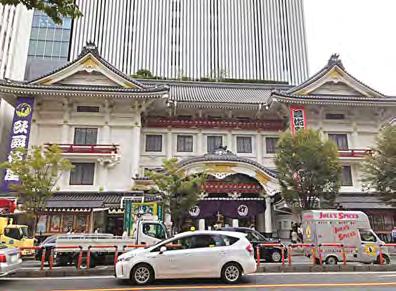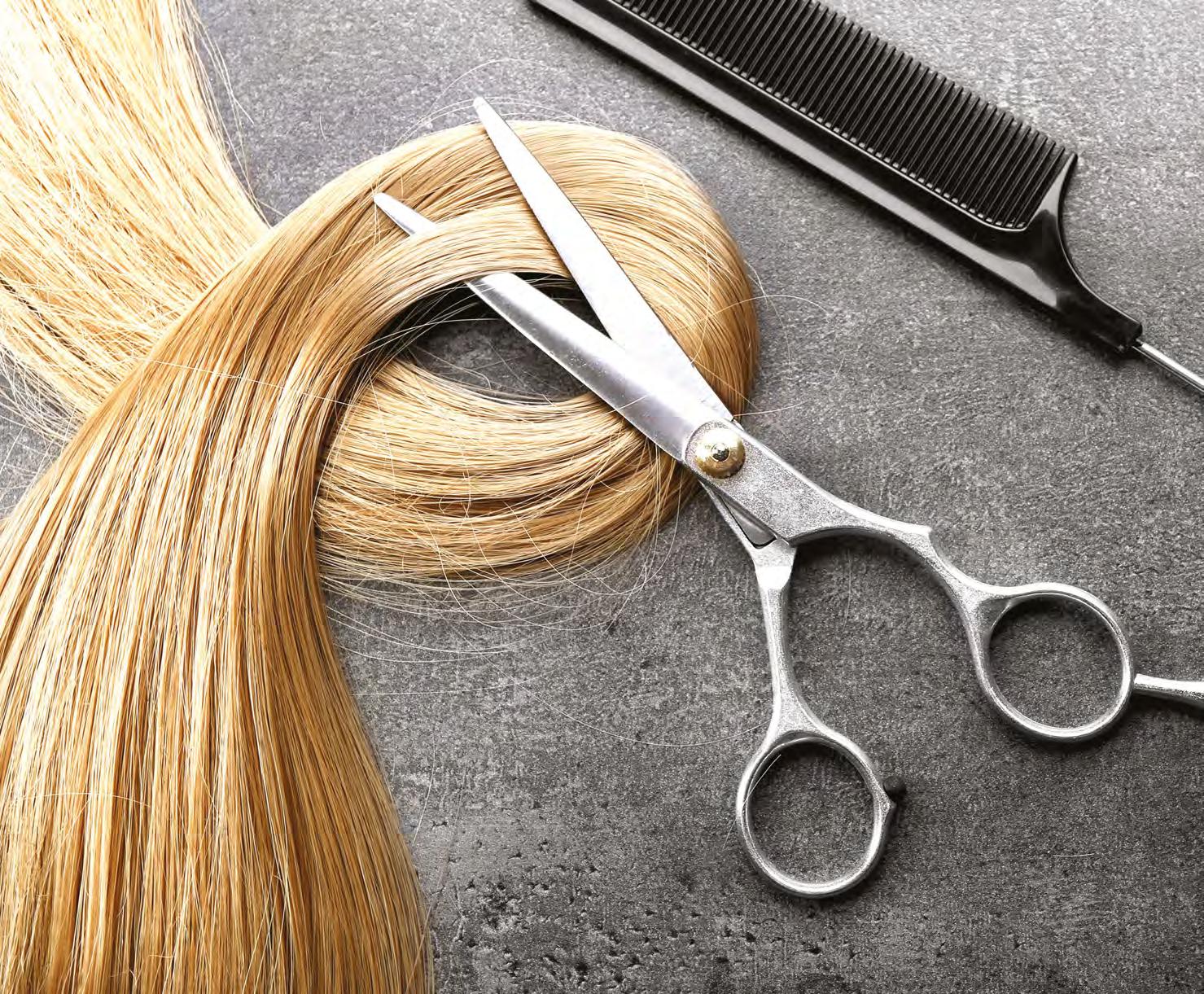
3 minute read
glo GOES



JapanTRIP TO
By Jaclyn Youhana Garver
Now?
“It was the coolest thing I’ve ever done,” she said.
She spent two weeks in October touring three Japanese cities: Tokyo, the country’s capital; Kyotango, 250 miles west of Tokyo; and Kyoto City, Japan’s former capital and one of the country’s largest cities.
When the opportunity came up for Courtney Rawlinson to go to Japan, she hesitated. It had never been a place she’d been interested in visiting, but her boyfriend’s family invited her. They have longtime family friends there, and the more they discussed their trip, the more excited she became.

THE CITIES
Tokyo is a city of more than 37 million people, nearly 4 ½ times the population of New York City. Which might make it unexpected that Rawlinson noted the city’s cleanliness.
“There was no litter anywhere,” she said. “There were no trashcans. People would not eat and walk or drink and walk. They would go sit down somewhere to do that so they wouldn’t have trash.”
Her trip’s highlight, she said, was Kyotango. The countryside provided beautiful scenery, a mixture of the beach and mountains. The city isn’t terribly populated, she said — not even 52,000 people, about a fifth the population of Fort Wayne.



SHRINES
Japan famously boasts an estimated 80,000 shrines, and Rawlinson visited Fushimi Inari Taisha, a famous Shinto shrine in southern Kyoto. The shrine is made up of a series of thousands of arches — called torii gates — that snake up Mount Inari.
THE FOOD
Everything you’ve heard about the seafood in Japan is true.
“It was the freshest seafood I think I’ll ever have in my life,” she said. “Kind of puts sushi in the States to shame.”
Rawlinson especially loved monja, a mixture of egg, cabbage and seafood —even though it’s not the most appealing looking. A “Time Out Tokyo” story about how to eat monja, or monjayaki, shared a photo and asked, “We know what you’re wondering — did we steal this photo from Martha Stewart’s recent Twitter stream of unappealing food pics?”
AN EYE-OPENING TRIP
Rawlinson studied abroad in Ireland in college, and she has been to Cancun, but neither overseas trip prepared her for Japan. The culture is exceedingly different from America’s, as is what is deemed polite, Rawlinson said. The Japanese Times discusses the word teinei, Japanese for “polite.” Its meaning goes far beyond the English definition because it applies to more than people’s actions.
“In Japanese, you can treat a fragile item ‘politely,’ meaning ‘gently’ or ‘with care,’” according to the Times. “A birthday present should be wrapped ‘politely.’”
The writer of the piece, Amy Chavez, even noted that recently, a friend complimented her cat for using her litter box so politely, meaning “clean and orderly.”
Even though there was an obvious language barrier, Rawlinson said she could communicate with some Japanese speakers.
“That part was very surprising: that you know so little but you can kind of relate and have things in common,” such as the importance of family, she said. “They try to show they respect American culture, and we did the same thing to them.” a










